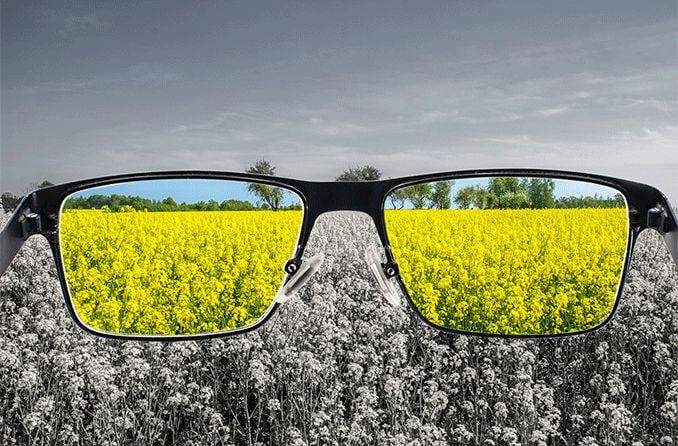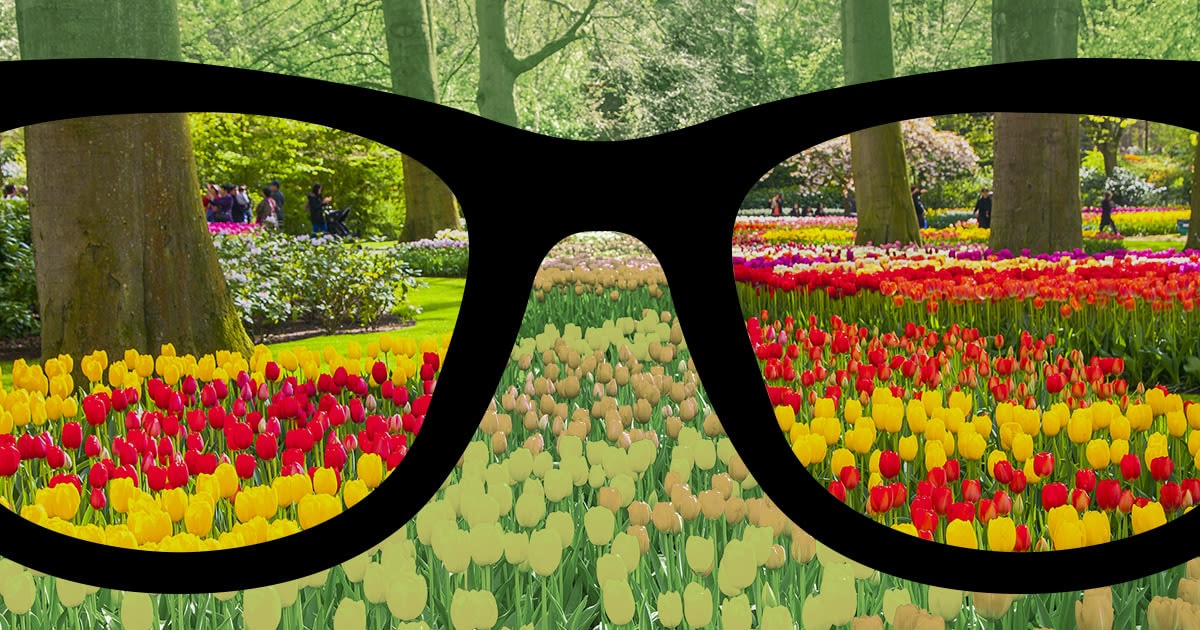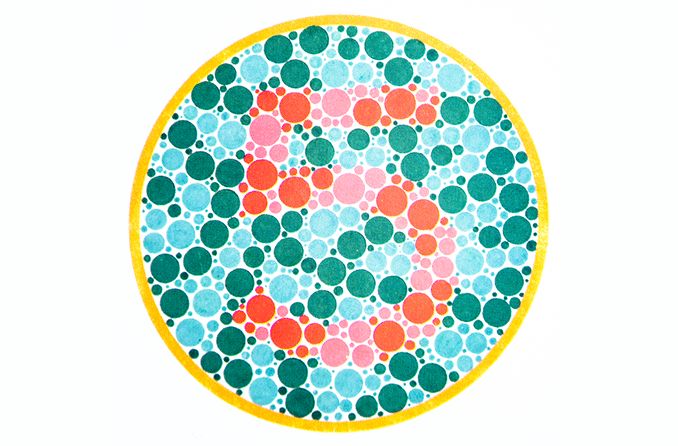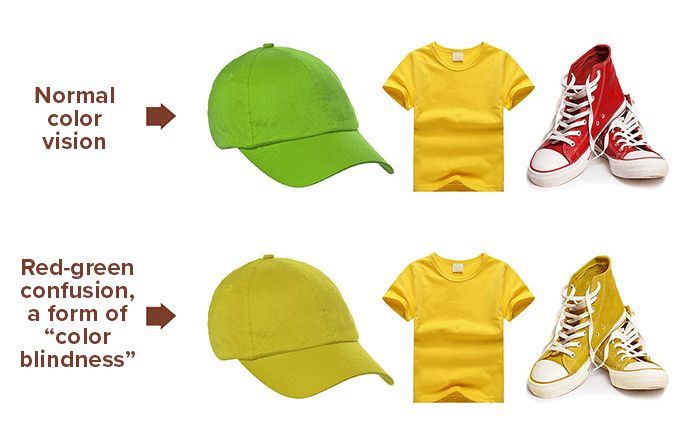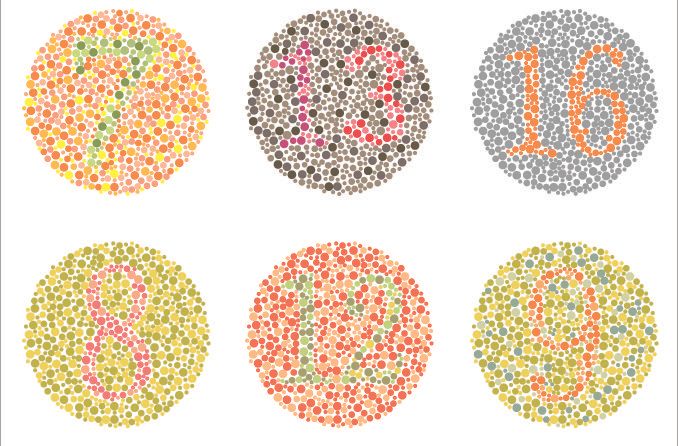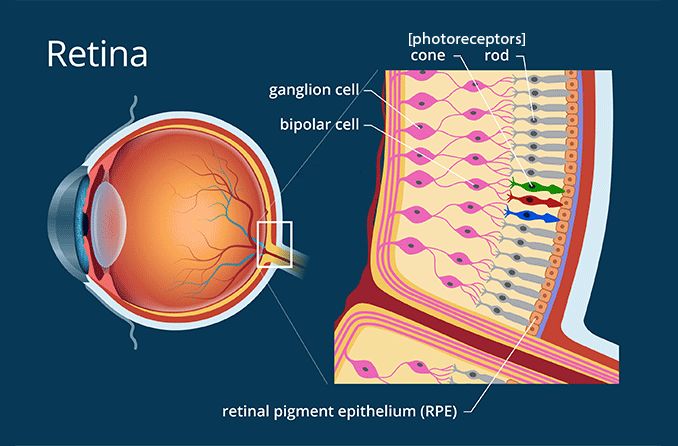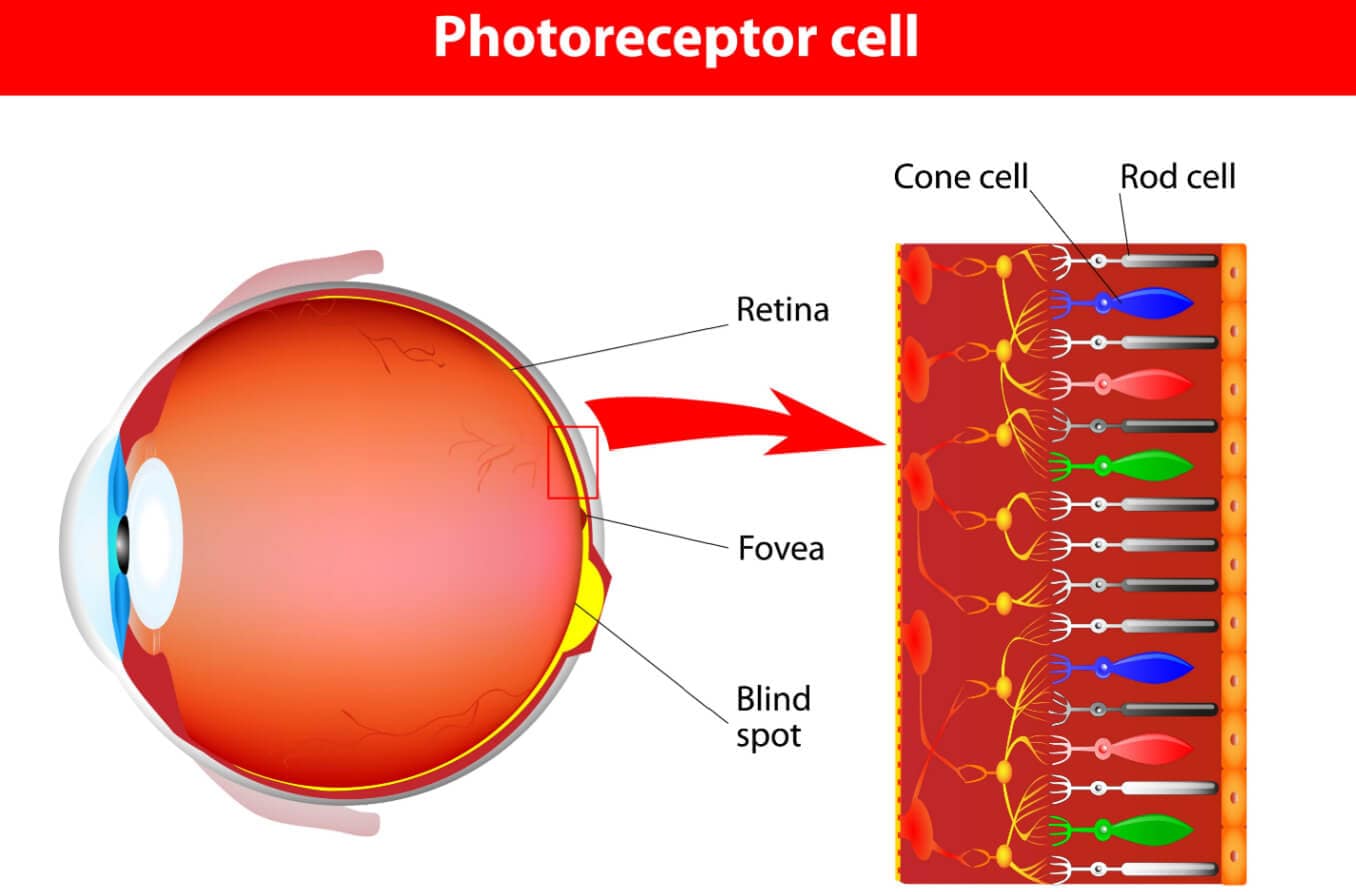Are there treatments for tritanopia?
Specially tinted eyeglasses designed for the color blind are available. These glasses may help some people with tritanopia see the world more vividly and colors more accurately.
Colorblind glasses contain optical materials that filter specific wavelengths of light. While wearing these specially tinted lenses, vision should be closer to “normal,” allowing the wearer to see a broader array of colors.
Colorblind glasses look a bit like sunglasses and can be either prescription or nonprescription. Colorblind glasses can cost anywhere from $200 to $450, sometimes more.
Color correction eyewear brands that claim to help tritanopia include Golden, Vino and ColorCorrection. Some may simply improve contrast, rather than change how colors are perceived.
The ColorCorrection System was developed by a Maryland optometrist, Thomas Azman, MD. ColorCorrection offers glasses or contact lenses that use filters to create customized lenses. These lenses are manufactured according to each individual’s color correction needs, according to Azman’s website, Colormax.
Though there is no cure for any kind of color blindness, there may be a more permanent treatment one day. Gene therapy has cured red–green color blindness in monkeys, and perhaps someday there will be a cure for all types of color blindness in humans.
Tritanopia, like other forms of color blindness, is not a serious threat to vision. And with a few adjustments, you can function and move through life as anyone with normal color vision.
READ NEXT: Tips for better living with color blindness
